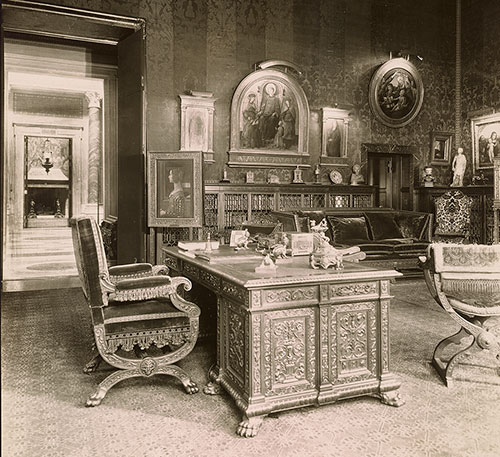
The collecting of medieval art in America coincided with a particularly active moment in the history of the European art market. Although there was little interest in medieval art among American collectors for most of the nineteenth century, the years around 1900 witnessed the emergence of a new generation of wealthy amateurs like J. Pierpont Morgan (1837–1913) and Henry Walters (1848–1931). For the most part, these collectors were not devoted to any single period of art but rather collected widely across many different fields. Working closely primarily with European dealers, they acquired vast amounts of art and rare books at a time when aristocratic collections in Europe were increasingly being sold to raise funds. Medieval manuscripts had made their way into those aristocratic collections much earlier in the century, when a process of secularization resulted in their transfer from religious institutions into either national collections or private hands. More than any other collection in North America, J. Pierpont Morgan’s library came to include treasures of early medieval art, among them manuscripts associated directly or indirectly with imperial patronage—hence the title Imperial Splendor. Such patronage provides the leitmotif of the exhibition, beginning with the four manuscripts displayed below. They date to the ninth century, a period named “Carolingian” after Charlemagne (ca. 748–814) and his heirs, the first medieval emperors in western Europe.
The West Room of J. Pierpont Morgan’s Library, 1914 or later. The Morgan Library & Museum, ARC 1628. Photography by Tebbs and Knell.
